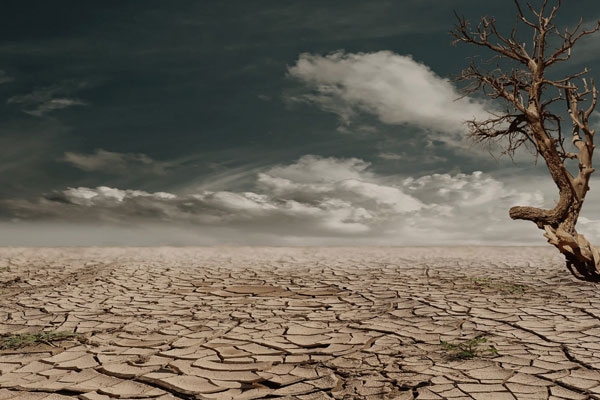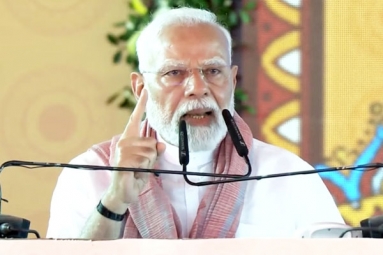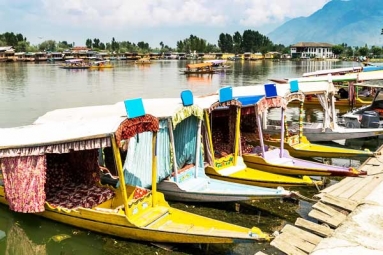48.9 degrees Celsius in Rajasthan: 10 Indian Cities among Top 15 Hottest Places of the World
June 03, 2019 11:10
A severe heatwave is continuing to sweep India’s northern plains as 10 places in the region figured on the list of 15 hottest places in the world on Sunday.
Rajasthan’s Churu and Sri Ganganagar, where the mercury shot up to 48.9 and 48.6 degree Celsius respectively, were the hottest places in the world followed by Jacobabad (48 degree Celsius) in Pakistan, according to El Dorado Weather website. Uttar Pradesh’s Banda (47.4 degree Celsius) and Narnual (47.2 degree Celsius) in Haryana also featured on the list.
Five out of the 15 hottest places were in neighboring Pakistan, making the region warmest on the planet even as Agartala in Tripura received maximum rainfall in the world since Saturday.
As on Sunday, two-thirds of India was in grip of the heat wave with the mercury breaching the 45 degree Celsius mark in cities like Delhi, Jaipur, Kota, Hyderabad, and Lucknow. Even places like Shimla, Nainital, and Srinagar in the Himalayas, which are expected to be cooler, recorded temperatures two to four degree above normal. In Shimla, the maximum temperature on Sunday was 32 degree Celsius and in Nainital, it was 33 degree Celsius.
According to studies based on India Meteorological Department (IMD) data, the number of hot days in hill stations has increased over the last two decades with temperature in places like Uttarakhand’s Mussoorie even touching 38 degree Celsius onJune1.
India Meteorological Department’s (IMD’S) director general, Mrutyunjay Mohapatra, said the situation was likely to improve in the next two days with rains and thunderstorms expected in Jammu and Kashmir and Himachal Pradesh.
He added that would lead to a change in the present wind direction. “The present heatwave is because of dry westerly winds gaining heat from deserts in Pakistan and Rajasthan. We expect the westerlies to lose steam as winds from Bay of Bengal and north-west will take over and bring relief…,” he said.
Mohapatra said there has been a rise in both maximum and minimum temperatures, which has increased surface heat and led to longer spells of heat waves. “We have noticed that in the last two decades or so, the frequency of heat waves in the country has increased,” he said.
The killer heat has left 6,167 dead in India between 2010 and 2018, according to information provided to Parliament in February. As many as 2,081 deaths were recorded in 2015 alone.
The IMD defines heat waves differently for varying topographies. Maximum temperatures of over 40 degree Celsius are considered to be a heat wave in the plains. In the case of coastal areas, it is over 37 degree Celsius and above 30 degree Celsius for the hilly areas.
By Sowmya Sangam










